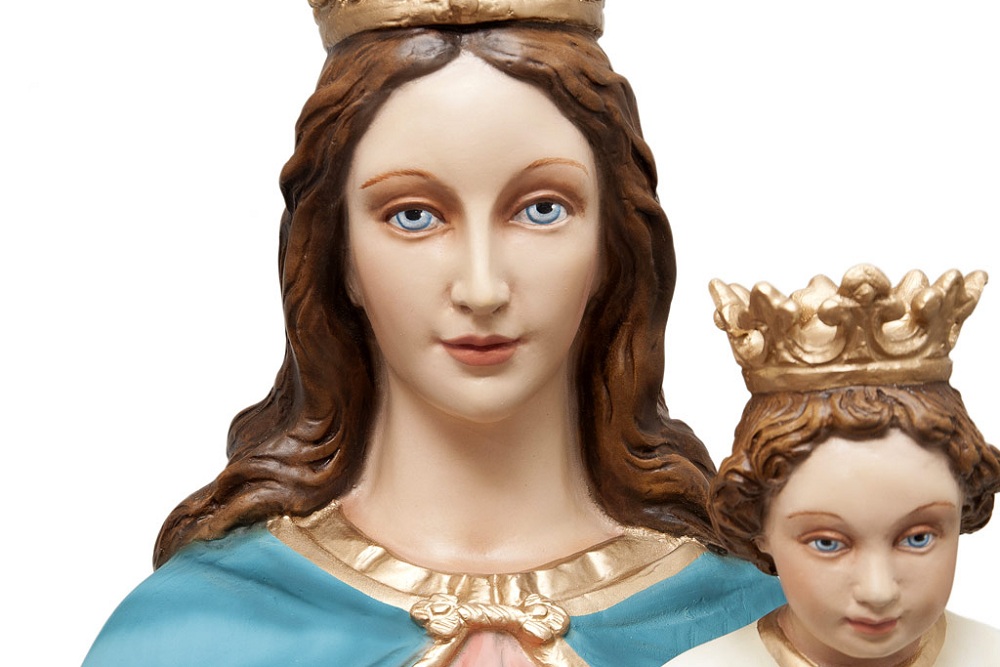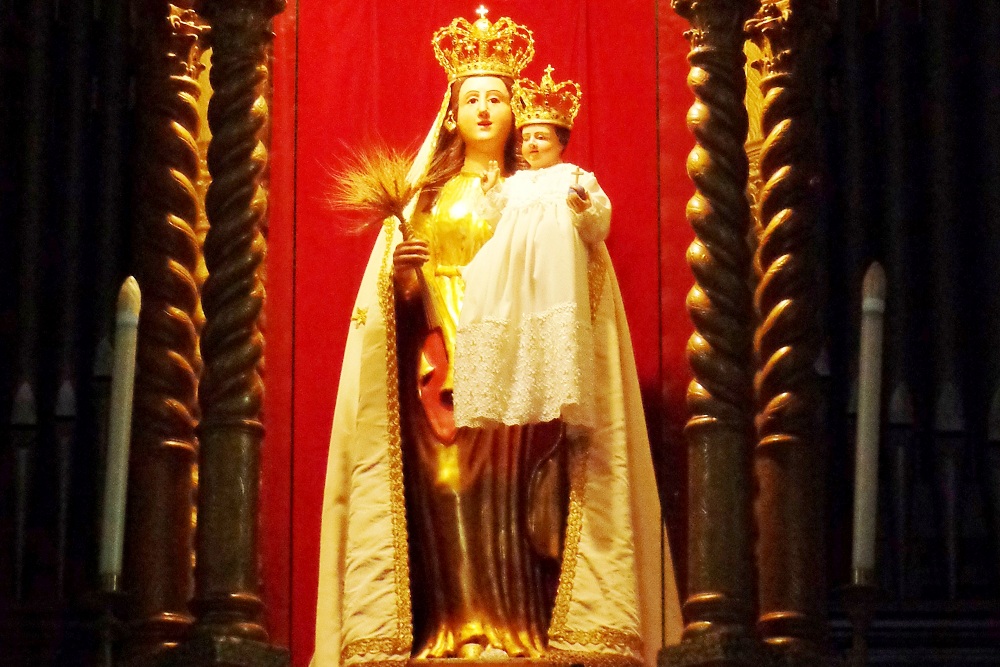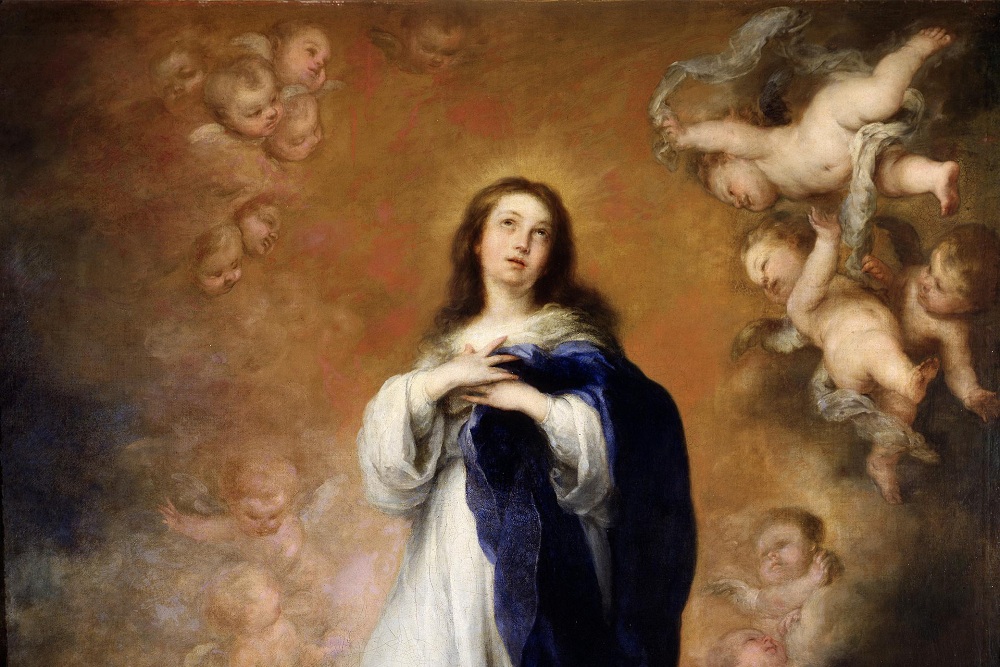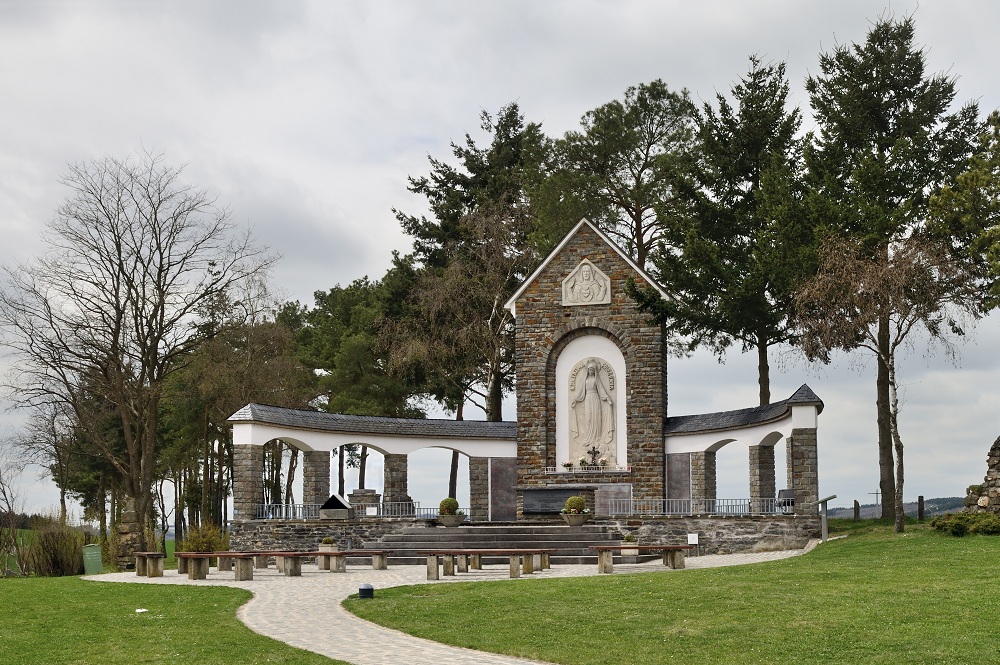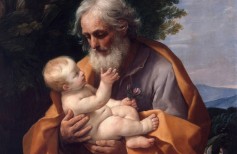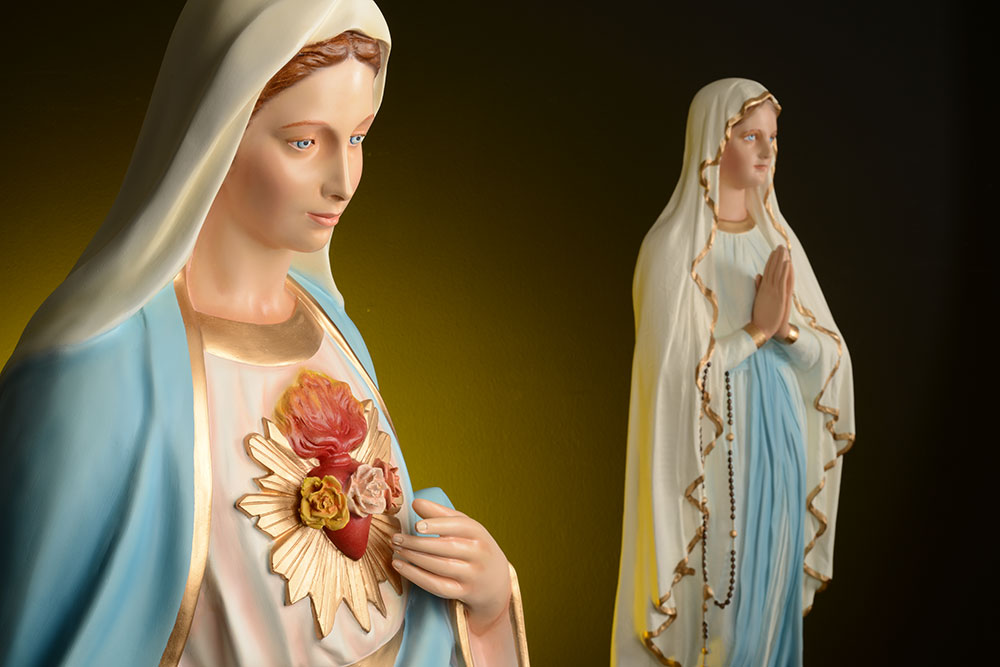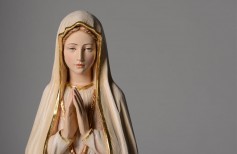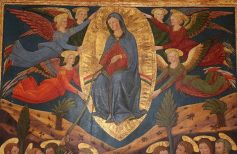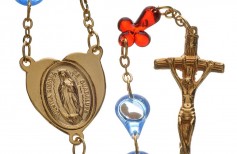Mary has always been seen as the ideal mediator between God and men, the one who, by her very nature, can take to the ears of our Heavenly Father the pain, afflictions, prayers of his children.
With the name of Mary Help of Christians, from the ‘Auxilium’, there has been a movement since the antiquity to honour this exceptional figure of a woman, who by her virtue, her grace and her devoted sacrifice and suffering merited the title of ‘mother’ of all Christians.
It was Jesus himself who indicated her as the mother of mankind, as she watched helplessly, at the foot of the cross, his agony. It’s a difficult, painful legacy that this woman accepted with the usual spirit of sacrifice. Comforter of the afflicted, then refuge of sinners and Help of Christians, with a totality of love and mercy that could only be expected of a mother.
Born under Pius V (1566-1572), the cult of Mary Help of Christians met her true consecration in the nineteenth century through the work of two great figures of Catholicism: Bartolo Longo and St. John Bosco.
In particular, St. John Bosco, a great educator and innovator from Turin, attentive to the problems of youth, was one of the most devoted apostles of the cult of Mary Help of Christians. It was he who built the Basilica of Mary Help of Christians in the Salesian citadel of Valdocco. He also connect the cult of Mary Help of Christians to religious institutes and congregations that he founded: the Salesians of Don Bosco, the ‘Daughters of Mary Help of Christians’ and the ‘Salesian Cooperators’.
For this reason, the Mary Help of Christians is also known as the ‘Mary of Don Bosco‘ and the Salesian Family is inextricably linked to this mother-saviour figure.
Mary Help of Christians is the patroness of Catholic Australia, China, Argentina, and Poland. Her devotion is particularly wide spread in Slavic countries.

